The Future: Limitless Urban Movement
As we approach the two-year mark of living with Covid-19, as well as all the restrictions of movement and lockdowns that have come with it, we are reminded that despite emerging from one crisis, we are still very much in the grips of a much larger ongoing crisis, as the UK broke yet another unwanted temperature record by posting the warmest New Year’s Day since records began.
“I can’t wait for things to go back to normal” and “normal life is just around the corner” are just some of the hopeful statements I’ve heard so often from friends and family over the past year. But what is exactly does ‘normal’ look like in a post-pandemic world in the grips of a climate emergency ?
What will not go back to the way it was
There have been two key takeaways that have stuck out to me, shaping my view on what the future holds.
Firstly, the pandemic has undeniably accelerated the digital transformation of the economy.
Secondly, the way in which we work and spend leisure time has changed forever. As a result of these permanent changes, I strongly believe that micromobility and electric-powered travel will be the cornerstone of urban life.
Working in the face of adversity, micromobility brands such as Lime, Dott, Voi & Tier have become household names across the Western world. These companies have recently launched trials with councils across major cities in the UK. Cities have never had a better opportunity to adapt their urban environments to facilitate the growing transport needs of its populations, redefining the relationship between vehicle choice and type of trip.
Casting our eyes to 5, 10 years in the future, what will the modern city look like?
Maybe not quite like Back to the Future, but there will almost definitely be micro travel.
Mass transit systems will most likely remain the primary and most efficient way to move from A to B, but unfortunately, we can’t all live within walking distance of our nearest station. Therefore there will be continued growth in the micromobility space to increase the efficiency of the much talked about first and last mile.
Technology is crucial to this. Micromobility will continue to develop new vehicle form factors and Mobility as a Service will grow via transport integrations with mobile mapping software, essentially allowing people to select the most appropriate mode of transport for their trip type.
None of this however, is possible without a piece of tech conceptualised in 1973. When Cooper and his team invented the mobile phone, it was intended to be just that – a phone that is mobile. Today it is the key that dictates how you experience the world we live in, from payments or mobile tickets to QR codes and mapping.
So what does this have to do with micromobility?
Even with a massive micromobility charging network in place, the hardware becomes redundant if people are unable to access it. Smartphones hold the key that opens doors to all digital platforms and services in our physical world.
The issue here is that this “key” begins to erode the moment you leave your house in the morning, leaving you fearful and wondering which door you may not be able to open. This highlights the relationship between a phone and ever depleting battery life. When considering the fact that the pandemic has served to increase digitalisation, combined with increasing smartphone CPU outpacing improvements in battery technology, it becomes clear that it is essential that charging facilities for mobile devices also improve. Especially when so much of today’s travel is depended on digital navigation.
Charging more generally, is also key for the widescale adoption and industry evolution of micromobility – swappable batteries are not only a key part of such infrastructure, but it’s the most convenient. This innovation will save valuable wasted hours that currently are spent waiting whilst charging. Some companies in the space are early adopters such as Tier, with their swappable battery network.
To enable all of this in our new digital world, Joos has got you covered. As Europe’s only vertically integrated power bank supplier. Users simply pick up a power bank from one location, charge on the move, and then drop off at any other location in the network. We envision a future where our customers have the luxury to hit low battery life in confidence that their next destination has a Joos station available. Make that payment, rent that scooter, use CityMapper all day long — it’s a lifestyle powered by Joos.


